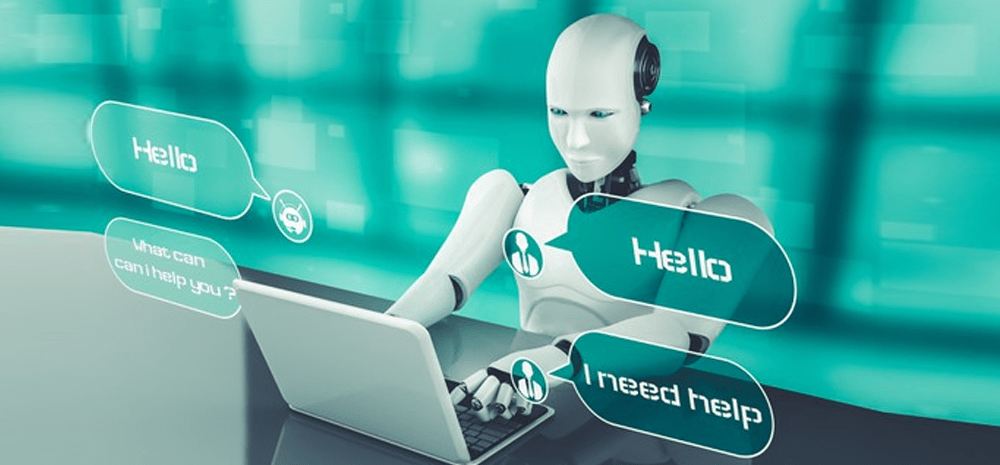Customer experience (CX) has become a crucial factor for companies seeking to stand out in an environment where every interaction matters. Effective management of this experience is no longer limited to just meeting customer expectations; it’s about anticipating their needs and providing personalized solutions throughout their journey. By adopting a CX management system, businesses can optimize interactions at every touchpoint, enhance responsiveness, and strengthen customer loyalty.
In this guide, we’ll walk you through how to effectively integrate a customer experience management system into your strategy and, more importantly, why RightCom is the ideal partner to support you in this transformation. Discover how RightCom automates processes, collects real-time data, and ensures better team coordination to deliver seamless customer experiences.
Why Implement a Customer Experience Management System?

1. Improve Customer Satisfaction and Retention
A CX management system centralizes customer interactions, enabling your teams to provide fast and consistent responses. With access to the complete interaction history, agents can resolve issues more efficiently, leading to higher customer satisfaction. Satisfied customers are more likely to remain loyal and recommend your brand.
2. Facilitate Coordination Between Internal Teams
One of the biggest challenges for businesses is ensuring that different departments work together smoothly and in sync. With a CX system, all team members gain a comprehensive view of customer needs and expectations. This not only improves communication between marketing, sales, and customer service, but also the quality of responses delivered to customers.
3. Leverage Real-Time Customer Data
A customer experience management system allows you to collect accurate and up-to-date data from every interaction. With this data, you can adjust your strategies in real-time and make more informed decisions. For instance, tracking KPIs like Net Promoter Score (NPS) or Customer Satisfaction Score (CSAT) helps identify process weaknesses and enables continuous optimization.
4. Reduce Costs and Errors Through Automation
Automating repetitive tasks such as standard email responses, reminders, or ticket management helps reduce the time spent on administrative tasks. This not only cuts costs but also improves the accuracy and speed of interventions.
Key Steps to Implement an Effective CX System
1. Analyze Business Needs and Set Clear Objectives
Before implementing a customer experience management system, it is crucial to understand your company’s specific needs. What goals do you want to achieve? Improve satisfaction, reduce response times, or increase retention rates? By clearly defining KPIs like NPS or average handling time, you can measure the performance of your CX system.
2. Choose the Right Technology
Choosing the right system is a strategic decision. It must be compatible with your existing tools (CRM, ERP, e-commerce platforms) and scalable to adapt to your company’s growth. Opt for cloud-based solutions that allow for easy updates and maintenance while offering omnichannel access (email, chat, phone, social media).
3. Train Your Teams and Involve Stakeholders
Team adoption is key to the success of your CX system. Ensure that all relevant departments (customer service, marketing, sales) are involved in the process. Provide training on the new tools and ensure everyone understands the benefits they can gain from them.
Why training your staff is good for your bottom line?
4. Automate and Personalize Customer Interactions
Automation doesn’t mean losing the human touch. Use the system’s personalization features to segment your customers and tailor communications based on their preferences and behaviors. For example, chatbots can handle simple inquiries while more complex requests are escalated to human agents.
For better KPI management and real-time feedback, explore our resource on CX ROI Analysis
Essential Features for a Good CX Management System
When selecting a CX management system, several features are essential for long-term efficiency:
- Centralized Customer Data: All information related to customer interactions should be easily accessible by all teams.
- Real-Time Dashboards: Provide managers with an overview of performance through key KPIs (response rate, customer satisfaction, etc.).
- CRM, ERP, and Tool Integration: The CX system should seamlessly integrate with your existing tools to centralize all data.
- Task Automation: Automate repetitive processes (standard replies, ticket management) to improve productivity.
- Intuitive, Customizable Interface: A clear and intuitive interface enables teams to quickly adopt the system, reducing training time.
For a practical example of successful integration, read about how Mansa Bank improved its customer journey with RightCom in this article
Common Mistakes to Avoid When Implementing a CX System
1. Lack of Alignment Between Departments
A common mistake is not involving all stakeholders during the implementation. Customer service shouldn’t be the only department using the CX system; marketing, sales, and even HR need to be part of the process to ensure smooth management of interactions.
2. Neglecting Team Training
Introducing a new system can face resistance if teams aren’t properly trained. Invest time in practical training sessions and provide ongoing support to ease adoption.
3. Failing to Leverage Available Data
A CX system generates a vast amount of data. It’s crucial to use this data to adjust strategies based on observed trends. Without analysis, data remains underutilized.
Why Choose RightCom for Your Customer Experience Management?
RightCom offers a complete solution to manage your customer interactions seamlessly and efficiently. Among its many advantages:
- Smart Automation: RightCom significantly reduces manual tasks through advanced automation.
- Simple, Intuitive Interface: Designed for ease of use, even for non-technical users.
- Real-Time Dashboards: Track your performance with live data for more informed decision-making.
Many companies have already improved their productivity and optimized their customer experience with RightCom. Why not yours?
A customer experience management system is essential for any company looking to enhance customer interactions, streamline processes, and increase satisfaction and loyalty. By following the steps outlined in this guide, you can successfully implement a solution tailored to your company’s needs.




